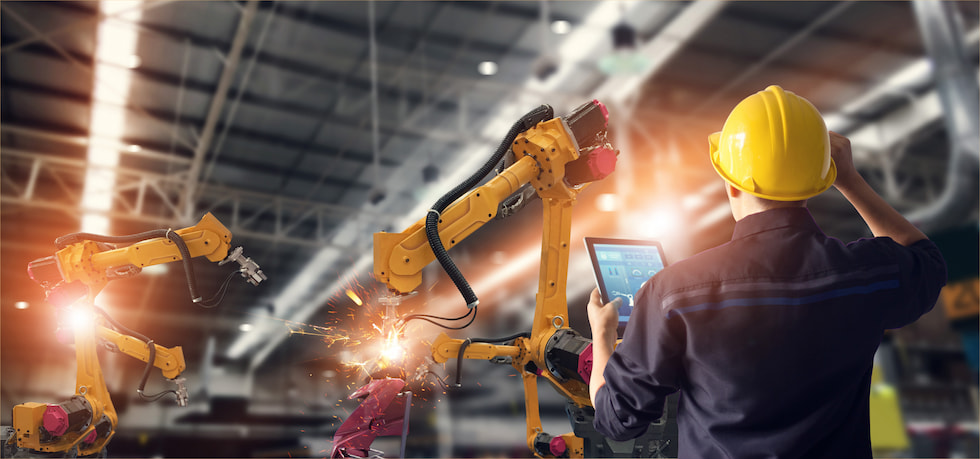
Following the global spread of the novel coronavirus, the capabilities of mobile robotics to disinfect, monitor, perform surveillance and deliver materials have become clearer. Global tech market advisory firm ABI Research predicts this will boost the mobile robotics market to $23 billion by 2021.
“Crises shift perceptions on what is possible regarding investment and transformative action on the part of both private and government actors. By the time the COVID-19 pandemic has passed, robots will be mainstreamed across a range of applications and markets,” Rian Whitton, senior analyst at ABI Research, said.
The virus has led to opportunities for companies to display robots for public applications. One example has been deploying mobile unmanned platforms with ultraviolet (UV) light to disinfect facilities. Danish company UVD Robots has scaled up deployments of robots to disinfect hospitals. U.S.-based Germ Falcon has offered a similar UV disinfection solution for aircraft, and Chinese TMiRob has deployed disinfection robots in Wuhan.
“Automating disinfection is a key part of maintaining health and safety and could be one of the major bright spots in the response to COVID-19,” Whitton said.
Drones have also been deployed to enforce curfews and surveil areas for security. Aerospace and drone companies have the opportunity to increase sales to government agencies. ABI Research expects the small drone delivery market to reach $414 million by 2021 and $10.4 billion by 2030.
In the short term, to enforce quarantine mandates, governments will need to increase security, as well as the productivity of their medical agencies. Robots may be key for disinfection, monitoring and surveillance. Also, with households and even ships shutting down, this is a chance for robot delivery companies—both land and air—to show their capabilities. The drone delivery market could use its experience with transporting supplies in the developing world and scale up operations in the most affected countries.
Long term, COVID-19 is leading to an examination of the global manufacturing supply chain. The dependence of the United States on Chinese imports for basic equipment and medicines is becoming an issue, and government representatives have used the pandemic as a chance to campaign to reshore more manufacturing capacity to the domestic market. This could bode well for the robotics industry, requiring capital expenditure increases and productivity improvements within developed countries.

